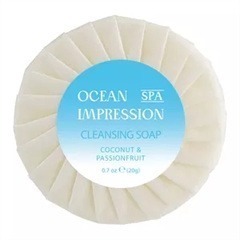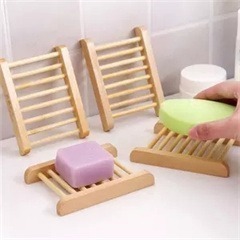Cultural traditions and rituals involving cleansing with soaps are diverse and rich, reflecting the significance of cleanliness, purification, and spirituality in various societies. Here are some examples of cultural traditions and rituals that incorporate cleansing soaps:
- Hamam (Turkish Bath): The hamam, a traditional Turkish bathhouse, is a communal bathing and cleansing ritual that dates back centuries. It involves a series of steps, including sweating in a steam room, exfoliation using a kese (scrubbing mitt), and a massage with soap to cleanse and relax the body. The soap used in hamams is typically olive oil-based and produces a luxurious lather.
- Onsen Ritual (Japan): In Japan, onsens are natural hot springs that have long been associated with relaxation and purification. Before entering the onsen, individuals cleanse themselves thoroughly with soap and water to ensure they enter the spring clean. This ritual emphasizes physical cleanliness and also serves as a meditative practice.
- Ablution (Wudu) in Islam: Ablution, or wudu, is a ritual purification practice in Islam that involves washing specific parts of the body before prayer. While water is the primary cleansing agent, soap can be used to ensure thorough cleansing. Ablution is essential for Muslims before performing prayers to achieve a state of purity.
- Bathhouse Traditions (Korea): In Korea, bathhouses known as jjimjilbangs are popular cultural spaces for relaxation and socializing. Similar to Turkish hamams, these bathhouses offer various cleansing rituals, including soaking in hot tubs, exfoliating, and using soap for cleansing. Different types of soap are often available for different skin types.
- Purification Ceremonies (Native American): Many Native American cultures have purification ceremonies that involve cleansing the body and spirit. The use of natural cleansing agents like soaproot or other plants is integral to these rituals. For instance, the sweat lodge ceremony involves intense heat and steam, during which participants cleanse themselves both physically and spiritually.
- Spiritual Cleansing (Hinduism): In Hindu rituals, the practice of taking a dip in sacred rivers or bodies of water, known as a “snan,” is common for purification before religious ceremonies. Soap or natural cleansing agents may be used along with water to cleanse the body and mind.
- Traditional Bathing Ceremonies (Morocco): In Morocco, traditional hammams are popular places for socializing and cleansing. People use special black soap made from olives and argan oil, which helps exfoliate the skin, followed by a clay mask. This ritual is deeply rooted in Moroccan culture.
- Baptism (Christianity): In Christianity, baptism is a ritual of initiation and purification. While water is the primary element used for cleansing, some Christian traditions may also incorporate the use of cleansing agents like soap to symbolize the washing away of sins and rebirth.
- Traditional Healers (Various Cultures): In various cultures, traditional healers may incorporate cleansing rituals that involve herbal concoctions, natural soaps, or smoke baths to cleanse individuals of negative energies and impurities.
These cultural traditions and rituals highlight the significance of cleanliness, spiritual purification, and communal bonding in different societies around the world. They demonstrate how cleansing with soaps goes beyond physical hygiene, playing a vital role in cultural practices and beliefs.





































